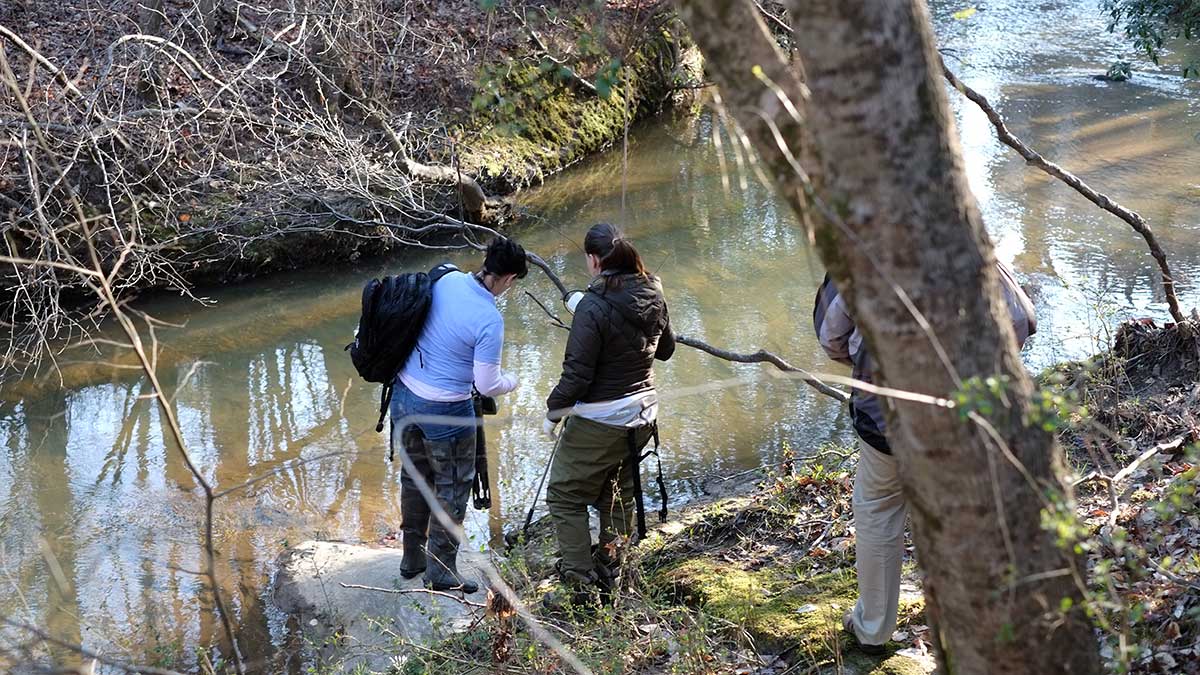Smart Leak Detection Device Program
Starting September 1, 2023, the CCWSA began offering the latest water conservation program to our customers, the Smart Leak Detection Device program (SLDD). This program is intended to provide assistance to our customers who desire to monitor their water usage in their homes to respond to leaks quickly and avoid costly water bills and/or property damage. An SLDD is a piece of technology that monitors your water usage, learns your “normal” behaviors, and alerts you to abnormal water consumption. Some SLDDs monitor internally and must be professionally installed, while others are externally mounted and can be done by a homeowner. We are offering this voluntary program to customers who would like to take an active role in their water usage.
What you need to know about the Smart Leak Detection Device program:
1. The approved list of devices that are available for a one-time account credit are StreamLabs Water Monitor, Phyn Smart Water Assistant, Phyn Smart Water Plus (Gen 1&2), and Flo by Moen. These devices are available through Amazon, Lowes, and Home Depot and range in cost from $298-$944 depending on which one you get.
2. Some insurance companies offer a homeowner’s insurance discount to devices that automatically shut off when a leak is detected. Phyn and Moen offer models that have this feature. The homeowner’s discount varies depending on the company and can range from 5%-18%. Each company has its own requirements for proof of installation, we recommend you contact your agent for more information.
3. You must complete the downloadable application located at https://ccwsa.com/our-water/, and attach the original receipt, and installation certificate (if applicable). This information must be submitted to the billing department within 45 days of purchase. Your address and account will be reviewed and confirmed before the $100 account credit is issued.
4. Participation is voluntary and the CCWSA does not assume any liability for the device, or its installation, or guarantee any reduction in your water bill. These devices require Wi-Fi to operate, which is the sole responsibility of the homeowner to provide and maintain.
5. This device must be installed inside the home. It CANNOT be installed in the meter box. Foreign devices inside the meter box will be confiscated and a fine will be issued.
6. This program is available from September 1, 2023, through Dec 31, 2025. We are offering 50 rebates on a first come first serve basis through August 2024. Additional rebates will be offered throughout the life of the program, but the number of rebates is yet to be determined. We recommend you contact customer service for more information.
7. Rebates are tracked by homeowner name, not property address, so each person will only be allowed one rebated device.
8. It is important to check the size of your supply line coming into your house. Most homes have ¾” lines but some have 1” due to fire protection requirements at the time of construction.
9. For the device to work correctly, it must be installed downstream of the meter, backflow, and pressure-reducing valve (PRV) and upstream of any branches off the main including irrigation.
10. This program is for single-family and multi-family residential units. Commercial SLDDs are not approved for rebate.

Do you have any questions? Please contact Lori Forrester











